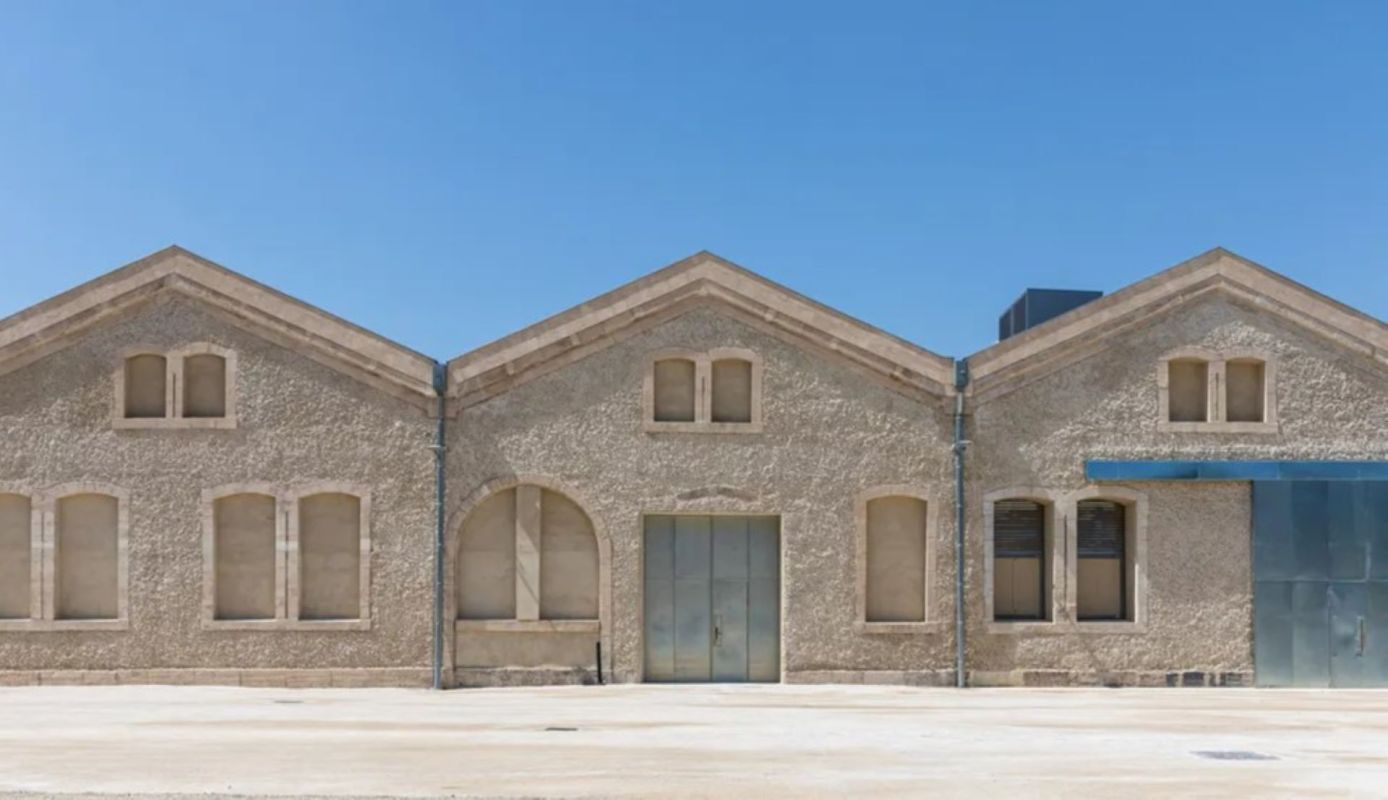An innovative form of architecture includes structures that, by description, seem suited for the town of Bedrock, save for the pig garbage disposal (sorry, Wilma).
Antibacterial door handles made from salt blocks and insulation harvested from rice straw are a couple of examples of the earthy building concept that is geared to cut air pollution.
The built environment — our homes and infrastructure — creates about 40% of global carbon pollution, according to the Guardian. Construction in the U.S. generates 8% of the country's dirty air, Facility Executive magazine reported.
As an answer, "bioregional" building is designed to make the most of the natural surroundings, limiting pollution created during the build and by the materials used.
In southern France's Arles, a group of like-minded builders is perfecting this form of design in a unique arts hub called Luma Arle, created by Swiss billionaire Maja Hoffmann, the Guardian reported. The crown jewel Atelier Luma is a new workshop to showcase the concept.
Part of the process is practical, like using waste clay from a nearby quarry to make bathroom tiles. Other methods described by the Guardian will likely seem strange, maybe even taboo, to newbies.
For example, knotweed furniture is stained with filtered urine. The effort is intended to minimize the amount of building materials that need to be moved while maximizing the mobility of creative people, with the goal of reducing pollution.
"We need to move from globalized, extractive supply chains toward regional ecosystems of materials that help regenerate the environment," Jan Boelen, artistic director of Atelier Luma, told the Guardian. "Where others might see waste, we see opportunities."
To begin, the designers assessed the nearby natural resources, waste, and local knowledge base. Biology, chemistry, sociology, and engineering experts are part of the team tasked with maximizing the local resources, according to the Guardian.
Sunflowers, algae, and even 3D printing are being leveraged in the builds. Luma Arles also includes structures that are more artistic than practical, like a 10-story tower that's made from crumpled metal, designed by architect Frank Gehry.
The bioregional concept will likely have to start making more headlines for its practical purpose rather than its artistic merits if it's going to gain traction outside of France, though.
The Guardian noted a project in Egypt where women are making shoes using date palm leaves and camel hair without toxic glue. In the United Arab Emirates, a team is figuring out how to create air conditioning with water-soaked ceramic, leveraging the power of evaporation.
"I wanted to move forward with conservation," Hoffmann told the Guardian about the onus behind this project, "without being a green conservative agent. We need to act."
Join our free newsletter for cool news and cool tips that make it easy to help yourself while helping the planet.









